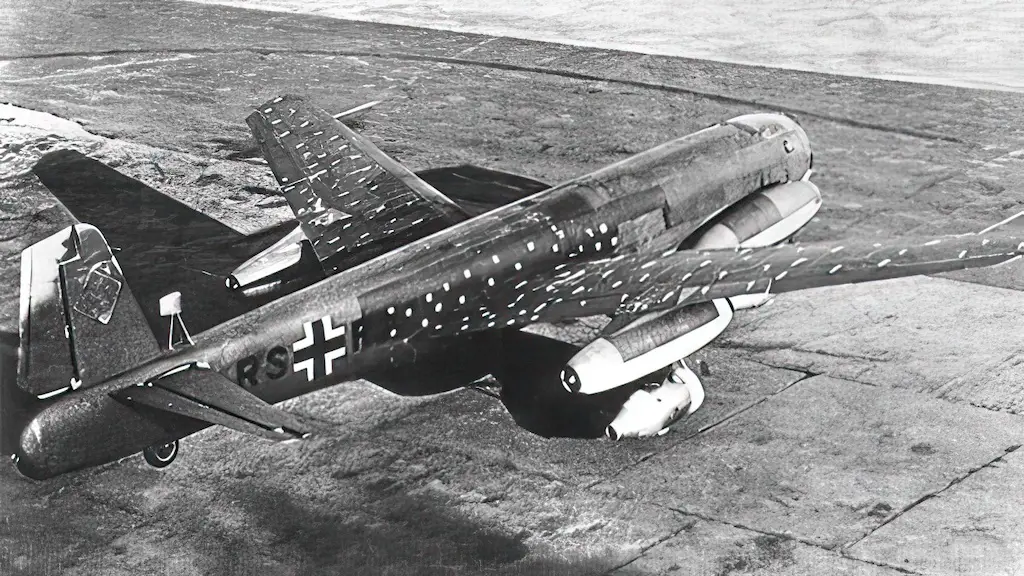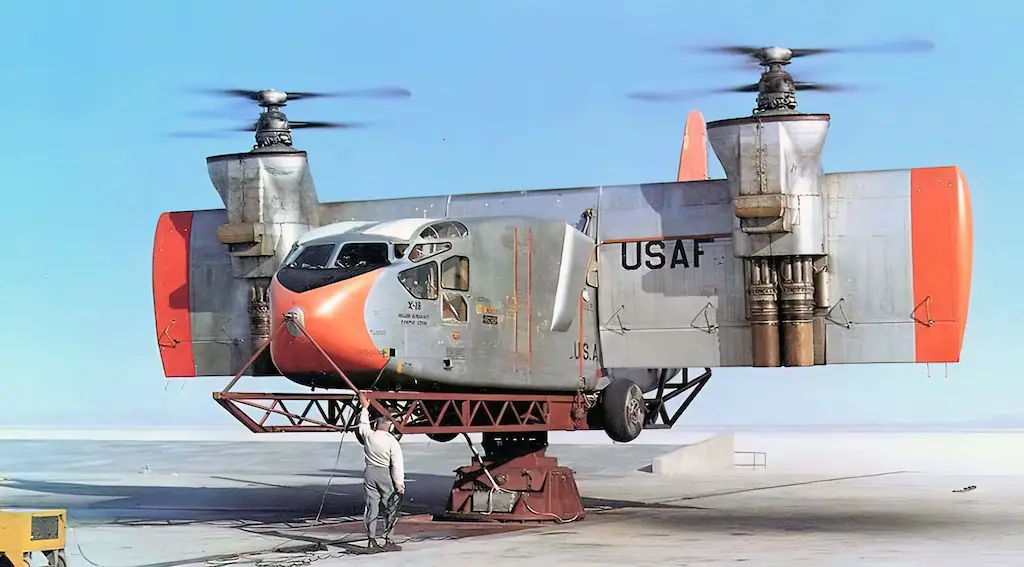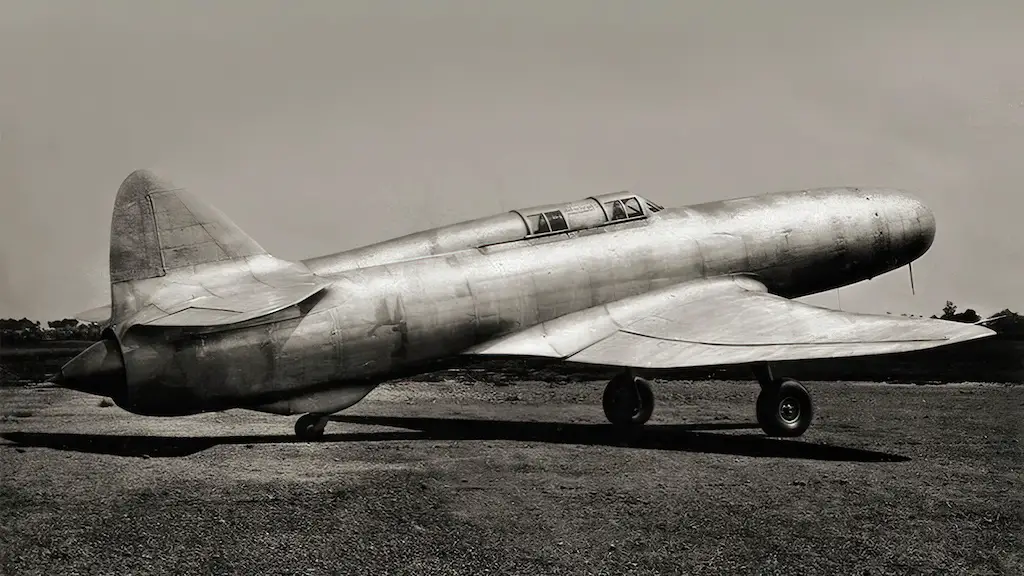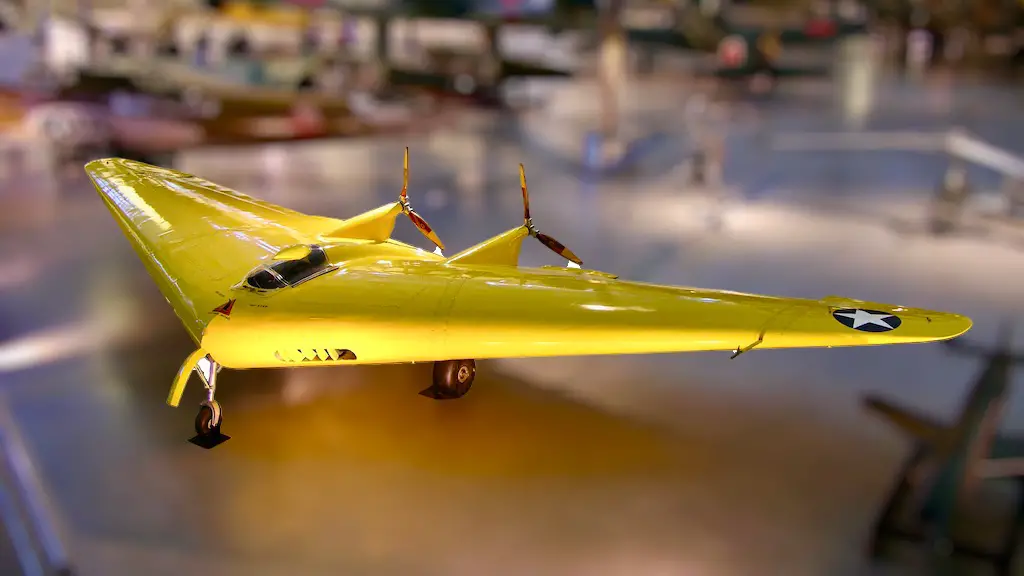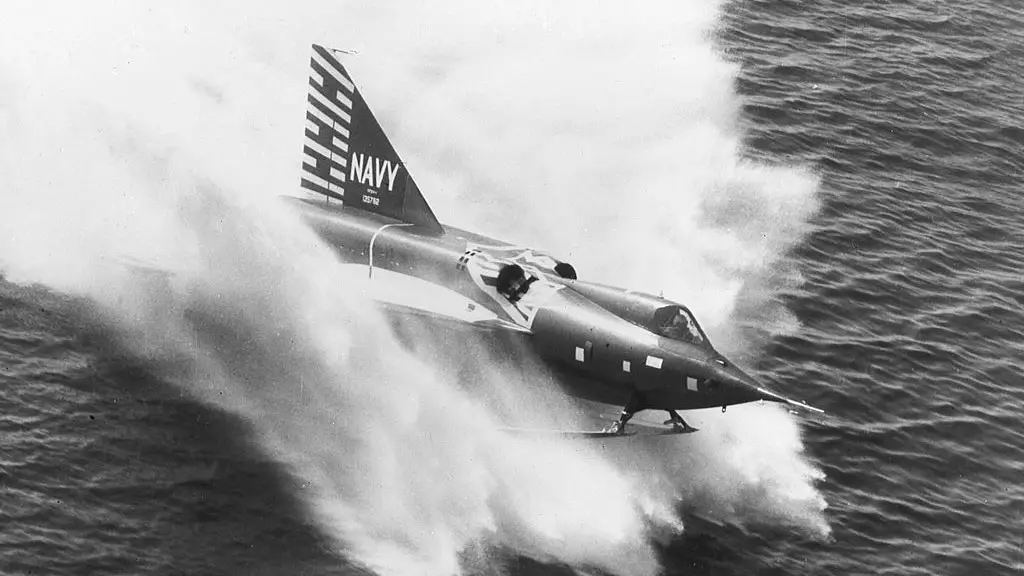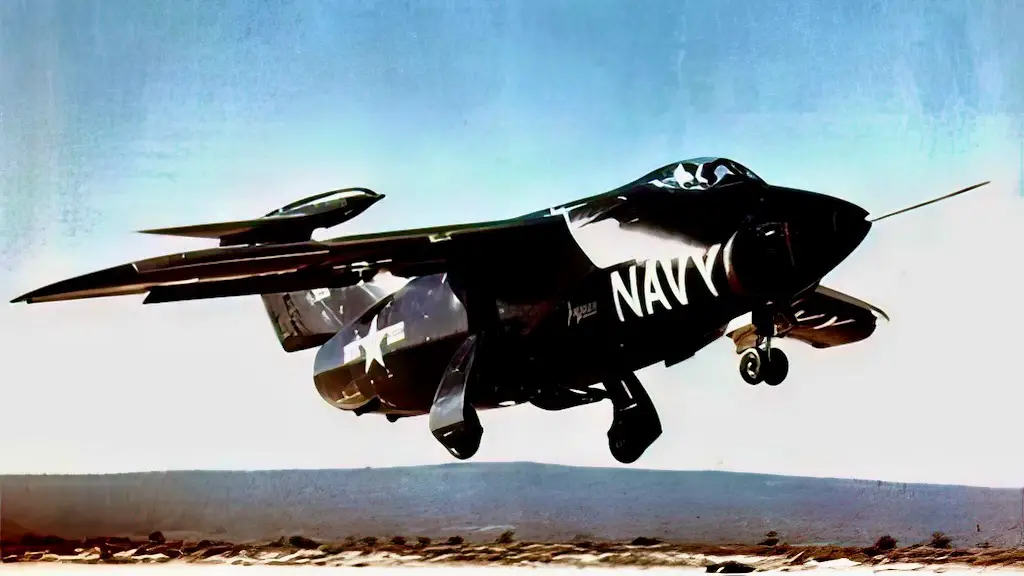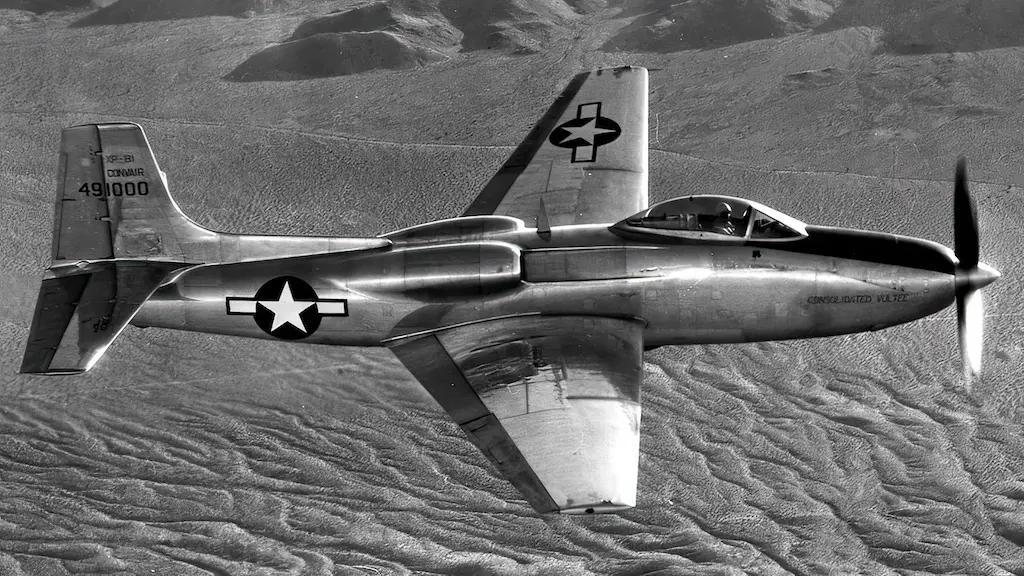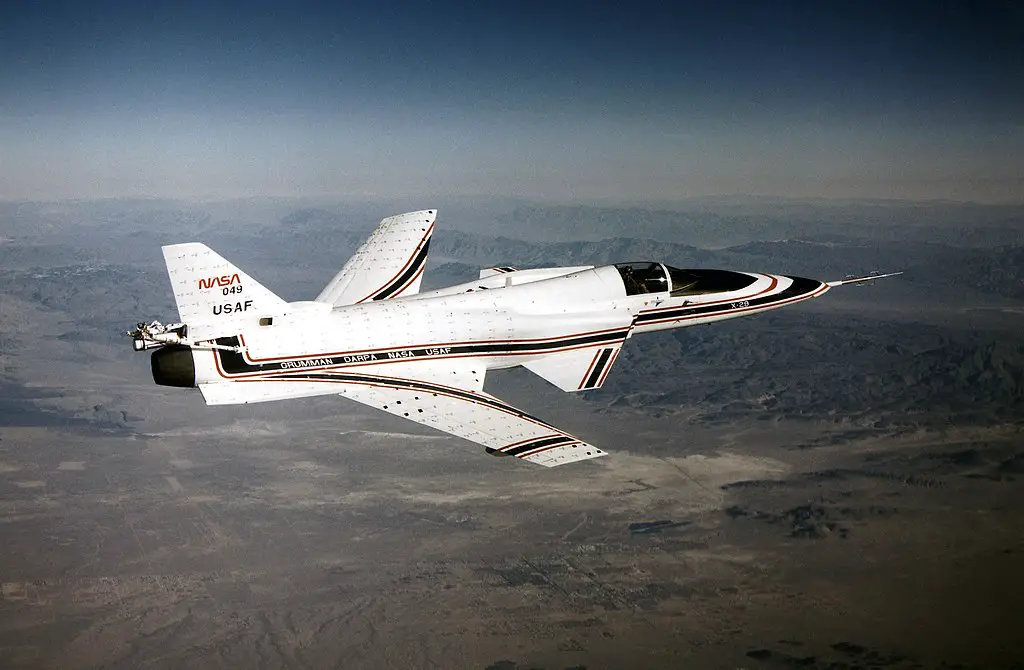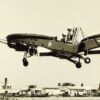The Birth of a Bold Vision
In the bleak final years of World War II, German engineers embarked on an audacious venture: the development of the Junkers Ju 287. A leap from conventional design norms, this bomber set out to redefine aeronautics, leaving a profound imprint on the future of aviation.
The Junkers design team, spearheaded by engineer Hans Wocke, aimed to develop a bomber that could outpace any fighter in the skies. To meet this challenge, they devised a groundbreaking concept – a forward-swept wing aircraft powered by jet engines, known as the Junkers Ju 287.
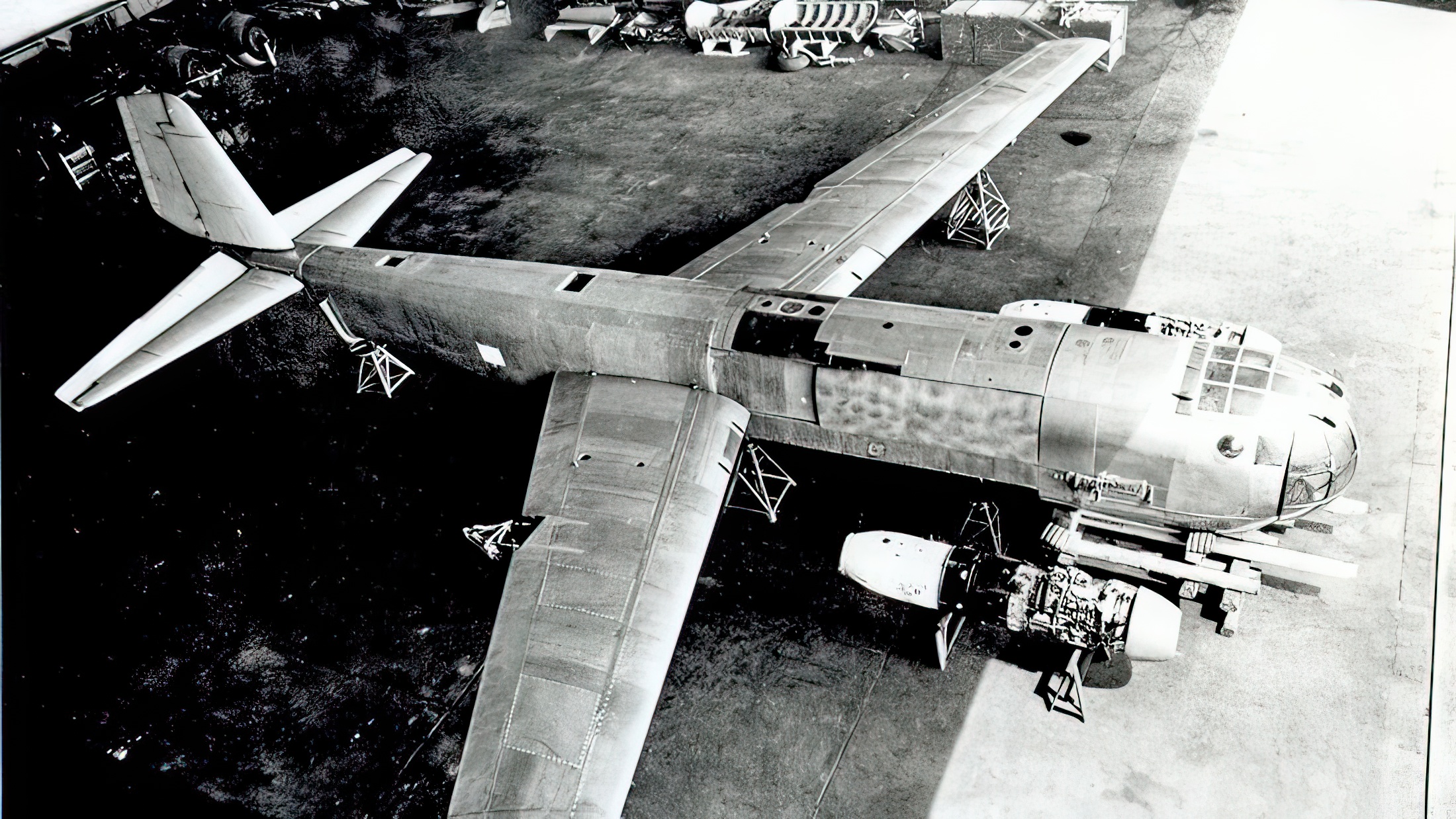
Challenging Norms
The Junkers Ju 287 was no ordinary aircraft. Its unconventional forward-swept wing design was a daring departure from traditional backward-swept designs. When the Ju 287 was under development, even conventional swept-wing designs were a novelty in the world of aviation.
The decision for this came from a logical yet innovative notion: by sweeping the wings forward, the aerodynamic center of pressure would move forwards too. The result? A reduction in dangerous wingtip stalls and improved maneuverability at high speeds.
But it wasn’t just a clever theory. Implementing it was a Herculean task. Engineers faced a daunting challenge: countering the immense aeroelastic forces which threatened to twist the wings destructively. The solution? Utilizing steel spar caps to bolster the wing structure, resisting twisting forces without adding excessive weight.
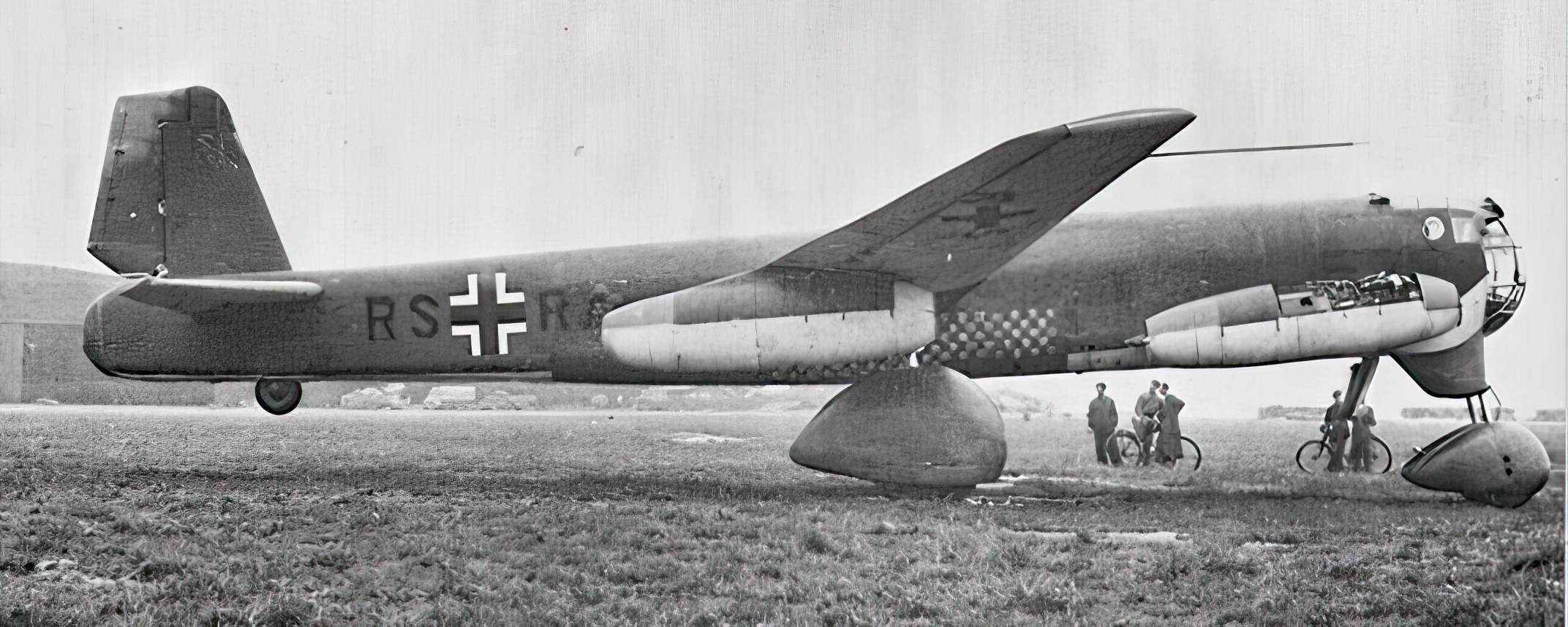
The Ju 287 Test Flights
On August 16, 1944, the Ju 287 V1, the first prototype, roared into the skies. With its unconventional design and unusual handling characteristics, the bomber immediately drew attention. Test pilot Siegfried Holzbaur reported that despite initial skepticism, the aircraft proved to be surprisingly stable, with handling characteristics comparable to conventional aircraft.
The subsequent Ju 287 V2 version added two additional engines, dramatically improving performance. Yet, the deteriorating situation on the ground during World War II interrupted further testing, and the V2 was never completed.
Imagining the Ju 287 in Full Production
Although the Ju 287 never went into full-scale production, speculation about its potential has intrigued aviation enthusiasts and historians for decades.
Had it entered mass production, the Junkers Ju 287 would have been a formidable adversary in the skies. Its high-speed performance, coupled with a sizable payload and advanced aerodynamics, would have made it an efficient strategic bomber. Moreover, its unique handling characteristics might have introduced a new paradigm in pilot training and flight techniques.
The Junkers Ju 287’s design could have influenced subsequent generations of aircraft as well, pioneering forward-swept wing designs. This influence, while subtle, can be seen in modern aircraft, like the Grumman X-29, an American experimental aircraft that explored the concept in the 1980s.
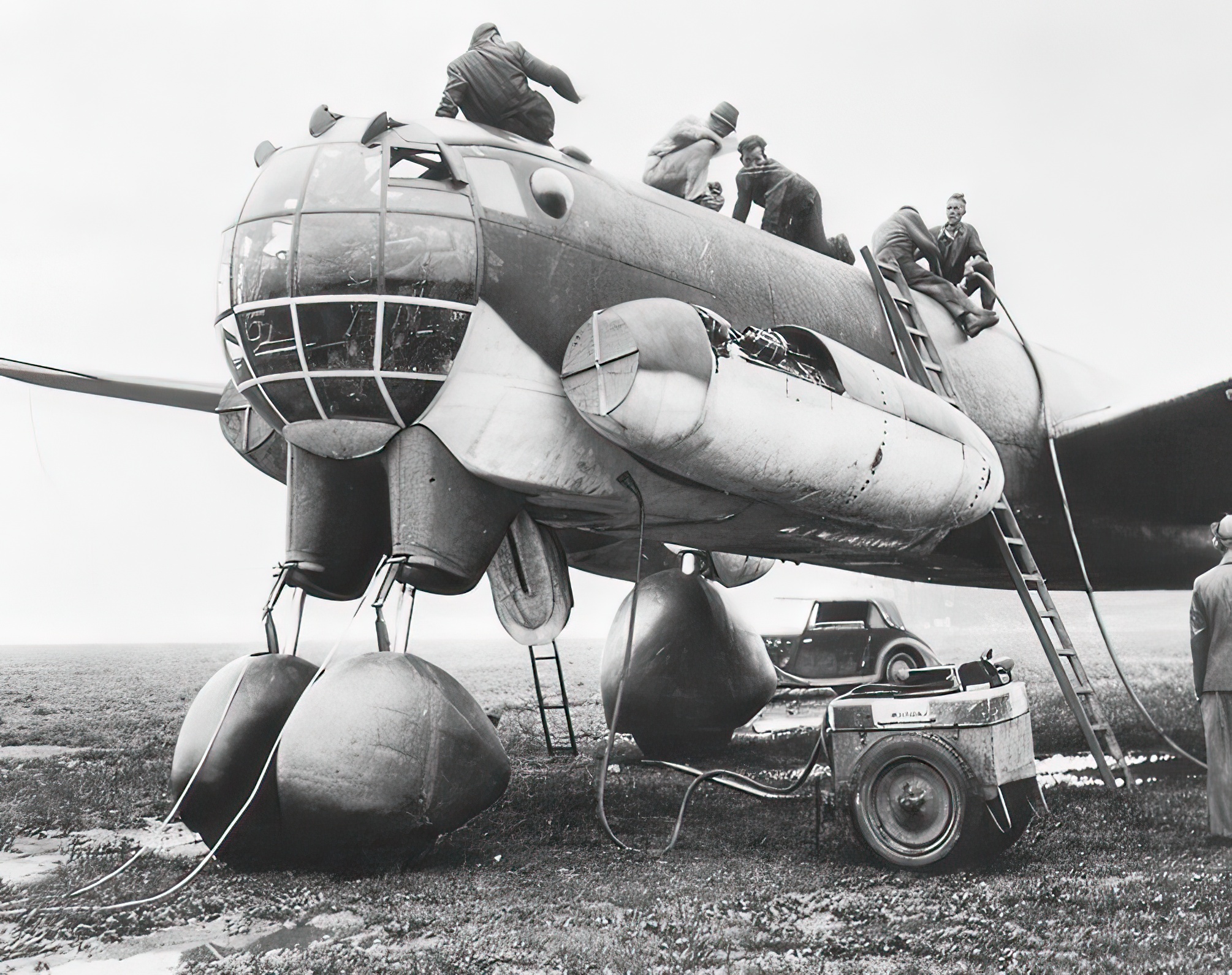
The Ju 287’s Legacy
The Junkers Ju 287, despite never reaching mass production, left a lasting legacy. Its audacious design and potential marked a pivotal moment in the annals of aviation history. Although relegated to the past, it is a vivid reminder of the daring, innovation, and bold vision that define the ever-evolving journey of flight.

